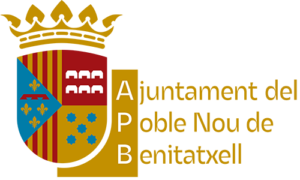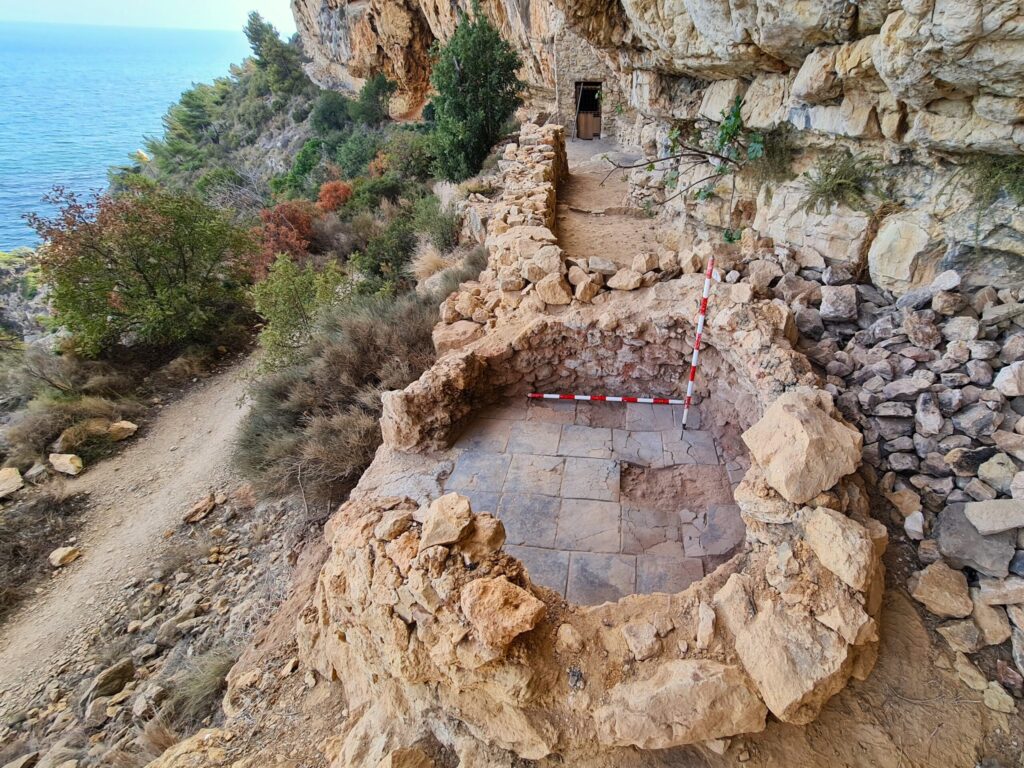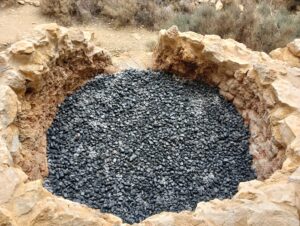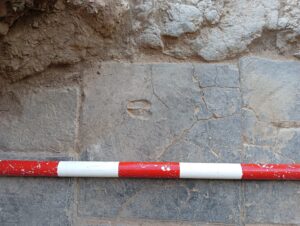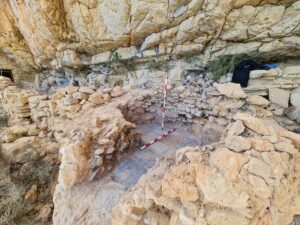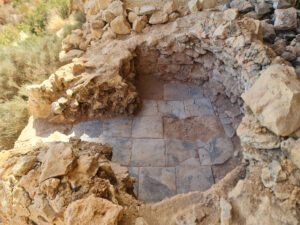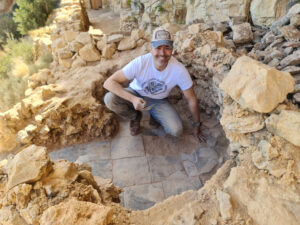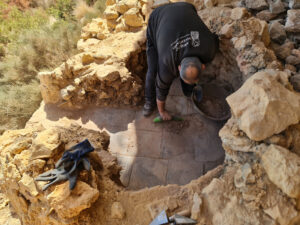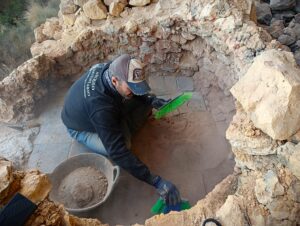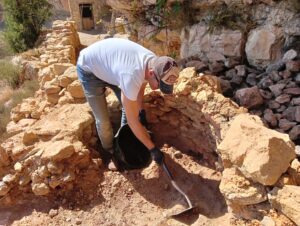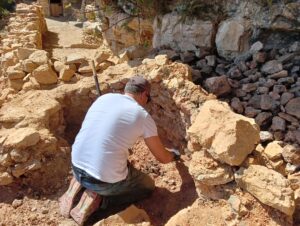- After the excavation, some remarkable grey terracotta tiles were found, one of them with the mark of a goat.
- Due to its large dimensions, it is believed that the oven would have been used not only to serve the owner of Cova de les Morretes, but all the caves in the cliffs.
El Poble Nou de Benitatxell continues restoring its patrimony. The archaeologists in charge of the local Patrimony and Archaeology office have restored the oven of Cova de les Morretes, the first of the four caves located on the route of the Cliffs that served as a refuge for people of humble condition who were devoted to fishing and the exploitation of the surrounding terraces.
Among the work carried out, all of which was done manually, was the cleaning, restoration and consolidation of the structure of the oven, which was in very poor condition. It was partially buried by a 1.2-metre layer of earth and stones from the collapse of its dome.
After the excavation, some remarkable 28.5 cm grey terracotta tiles were uncovered which, according to the experts, would provide relevant information about their origin. It is thought that they were made in one of the roof tile factories at Puig de la Llorença and that they were baked using a reducing technique, hence their greyish colour. ‘It was very surprising that when excavating, a pavement appeared, because we did not expect it. We were expecting a layer of sand or earth and salt, which was common here at Benitatxell’s ovens”, said the archaeologists from the local office, Humberto García and Alejandro Gomis.
One of the most remarkable curiosities is that the mark of a goat has appeared on one of the tiles. ‘When the clay tile was still tender, it was stepped on by the goat, leaving the imprint of its hoof. The person who built the oven placed it right at the door of the oven’.
Although it has not been possible to determine what the oven was used for, the remains have revealed that it was burnt with carob wood, which is typical of the area. The archaeologists were also surprised by its large dimensions. The oven measures 2 x 1.68 m on the inside, 2.40 x 2.10 m on the outside, and has a preserved height of 1.10 m and a probable height of 1.40 m when it was in use.
‘It is unusual, because if the cave had been used intermittently by a person who lived in town and who moved there a few days a year to collect almonds and carob, and then make some smuggling deals with ships coming from other places, it is not understandable that he would build such a large oven’, they pointed out. Therefore, the conclusion they have reached is that the oven would have been used not only to serve the owner of the Cova de les Morretes, but all the caves in the cliffs. This theory could also be supported by the fact that this is the only oven documented in the entire Cliffs route.
The restoration works carried out
In more detail, the restorer Andrea Sanz, accompanied by the archaeologists, carried out the restoration and consolidation of the structure. A traditional sand and lime mortar without additives was used. After the excavation, the walls were consolidated, adding a sacrificial row, an upper structure to protect the original part of the oven from the rain, vandalism, etc.
To protect the floor, a protective layer of geotextile was applied, followed by further layers of dark grey sand and gravel to symbolise the colour of the ashes of the oven and the colour of the tiles.
In addition, the intervention has been used to excavate a cave next to Cova de les Morretes. No human presence has been documented in this cave, but two small shelters have been found that were probably used for cattle, as two beds of straw and seaweed and some remains of goat droppings have been detected.
All the walls and the structure of Cova de les Morretes have also been cleaned and consolidated and the area has been fenced off with signs to temporarily prevent access until the lime mortar that will guarantee the preservation of the structure has dried.
Anyone interested in obtaining more detailed information about the work carried out in the Cova de les Morretes can check the excavation report at the Municipal Library ( Alacant Avenue, 11).
